Increased Motor Activity: 8 life-changing strategies dealing with children
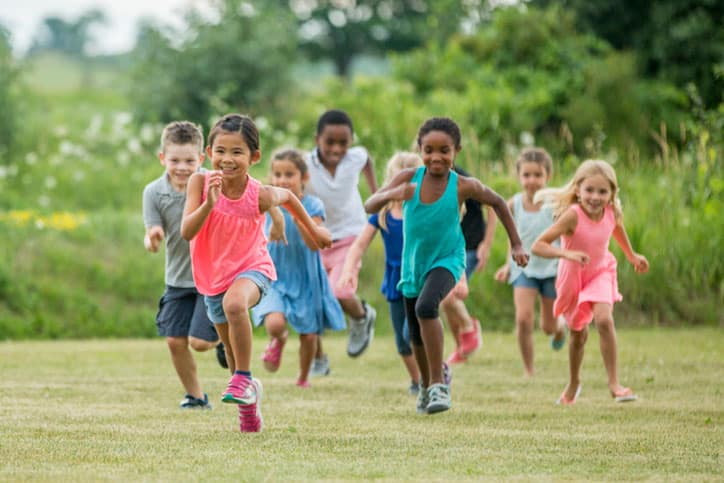
Parents, teachers, and other carers have special possibilities and problems when dealing with children who exhibit increased of motor activity. These kids frequently move a lot, have high activity levels, and have trouble focusing on planned activities.
These kinds of behaviours might be linked to disorders like Attention Deficit Hyperactivity Disorder (ADHD), problems with sensory processing, or just having a lot of energy by nature. A tool set of evidence-based solutions, patience, and specialised expertise are necessary to comprehend and assist these children effectively as discussed in the in the topic School Support for Students with ADHD on American Academy of Pediatrics
This comprehensive guide explores practical approaches to working with children who exhibit increased motor activity. By implementing these strategies, you can create environments where children can channel their energy productively, improve their focus, and achieve their full potential
From classroom accommodations to home-based interventions, we’ll cover methods that have proven effective across various settings.
Acknowledging Children With Increased Motor Activity
The definition of increased motor activity and how it shows up in children’s behaviour must be understood before implementing any interventions. The first step in implementing a successful solution is identifying these tendencies.
High Motor Activity: What Is It?
“Increased motor activity” is a behavioural pattern characterised by excessive movement, restlessness, and high energy levels. All children naturally have energy spurts, but persistent hyperactivity that interferes with daily tasks may indicate a developmental impairment or other underlying problem.
Typical Indications and Actions
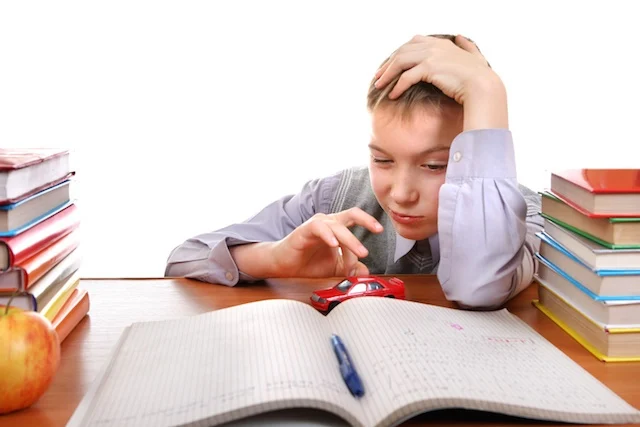
Children with increased motor activity tend to have the following traits:
- Constant motion: unable to remain sat, wriggling, tapping, or fidgeting
- Too much running or climbing, especially when it’s not suitable
- Having trouble participating in quiet activities: Has trouble with activities that call for quiet
- Talking too much: Frequently talking too quickly or cutting off discussions
- Impulsivity: Taking action without thinking through the repercussions
- Having trouble waiting turns: Being impatient when participating in scheduled tasks
- Transitional difficulties: Having trouble switching between tasks
- Lack of focus: Focusing is hard, especially when doing something you don’t enjoy.
Possible Causes and Related Disorders associated with Increased Motor Activity in Children
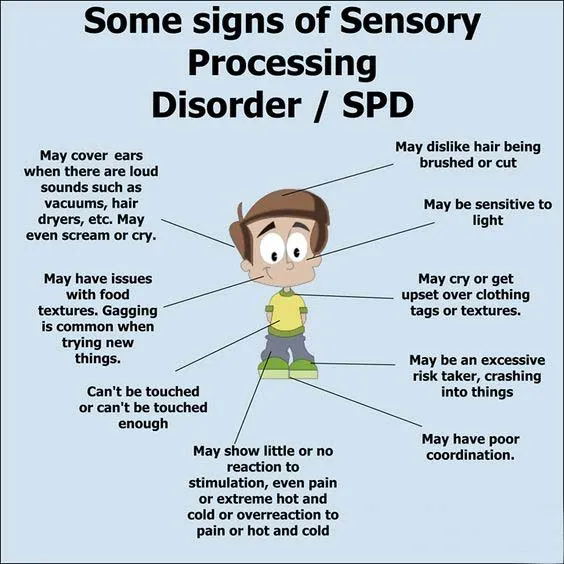
- Attention Deficit Hyperactivity Disorder (ADHD) is a neurodevelopmental disorder that impacts activity levels, impulse control, and attention.
- Processing of Sensations Disparities-Having trouble processing and reacting to sensory data
- Physical restlessness and difficulty settling are signs of anxiety.
- Environmental Aspects: Overstimulation, excessive stress, or irregular routines
- Developmental Stages: During specific developmental stages, some kids are inherently more energetic.
It is easier to adapt techniques to the unique requirements and circumstances of each kid when one is aware of the possible underlying reasons.
Effective Teaching Techniques for Teachers
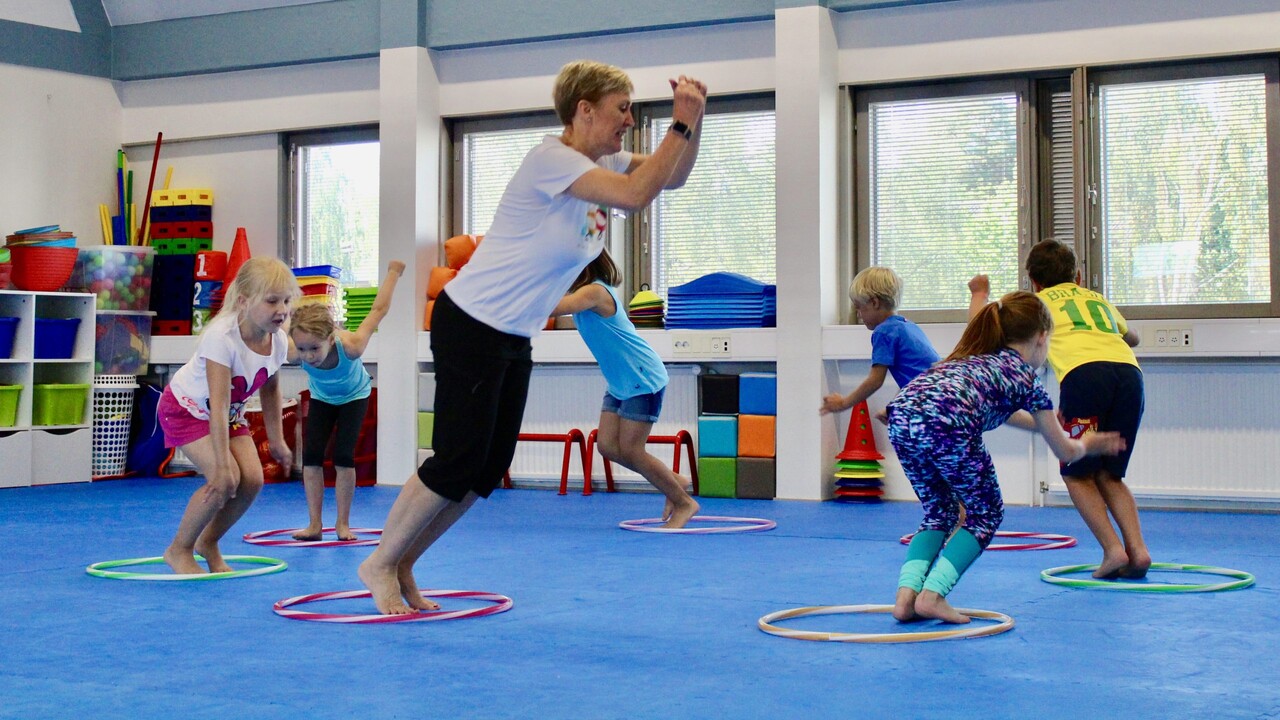
Increased motor activity in learners have unique obstacles in the educational setting. The following are thorough tactics that teachers might use to help these students:
1. Enhance the Physical Learning Space
Learning results can be greatly enhanced by designing a classroom that meets students’ requirements for mobility and sensory stimulation.
Ideas for Implementation:
- Offer students adjustable sitting alternatives that allow them to move about while they are learning, such as standing desks, stability balls, wobbling stools, or cushions.
- Spaces Set Apart for Mobility: Provide spaces where students may stretch or work out for a brief period of time without bothering other students.
- Boundaries in Vision: Define areas for various activities with rugs or floor tape.
- Diminished Visual Distracters: Reduce the amount of cluttering wall displays in places that need concentrated attention.
- Lighting Modifications: Instead of fluorescent lights, think about using full-spectrum or natural illumination.
2. Incorporate Movement Into Instruction
The fight against increased motor activity in children should shift toward utilizing the natural need as educational material.
Effective Approaches:
- Scheduling Movement Breaks Totalling From 3 To 5 Minutes Should Replace Traditional Learning Activity Transitions
- Instructional activities should incorporate Active Learning Stations which let students move between interactive stations.
- Student learning of concepts becomes possible through physical movements such as acting out historical events and vocabulary words.
- The option for standing as an alternative working position becomes available in appropriate situations.
- Leadership through physical movements provides cues to students when switching between subjects.
3. Modify instructional strategies
Adapting teaching strategies can support sustaining interest and participation.
Methods to Take into Account:
- Divide teachings into smaller, more accessible chunks of information (10–15 minutes for younger students).
- Teaching using Multiple Sensations: Information can be presented kinaesthetically, auditorily, and graphically.
- Clear and concise instructions: Give one step at a time, use visual aids if you can.
- Regular check-ins: Regularly assess comprehension and involvement.
- Students should be seated strategically to reduce distractions and increase instructor closeness.
- Methods of Active Response: To keep children interested, use mini-whiteboards, answer cards, or hand gestures.
4. Implement Behavioral Supports
Positive behavioral strategies enable children to master self-regulation skills through strategies which respect their needs for physical movement.
Effective Approaches:
- The classroom requires established rules and routines which must be displayed prominently to students.
- Right after students demonstrate being on-task and regulate their behavior successfully you should give them positive recognition.
- A token or point system should be utilized when students reach behavioral objectives.
- Students should learn to observe their attention and activity levels through self-monitoring tools.
- Behaviour-Specific Praise: Provide specific feedback about positive behaviors rather than general praise
Home-Based Strategies for Parents and Caregivers Dealing with Increased Motor Activity Kids
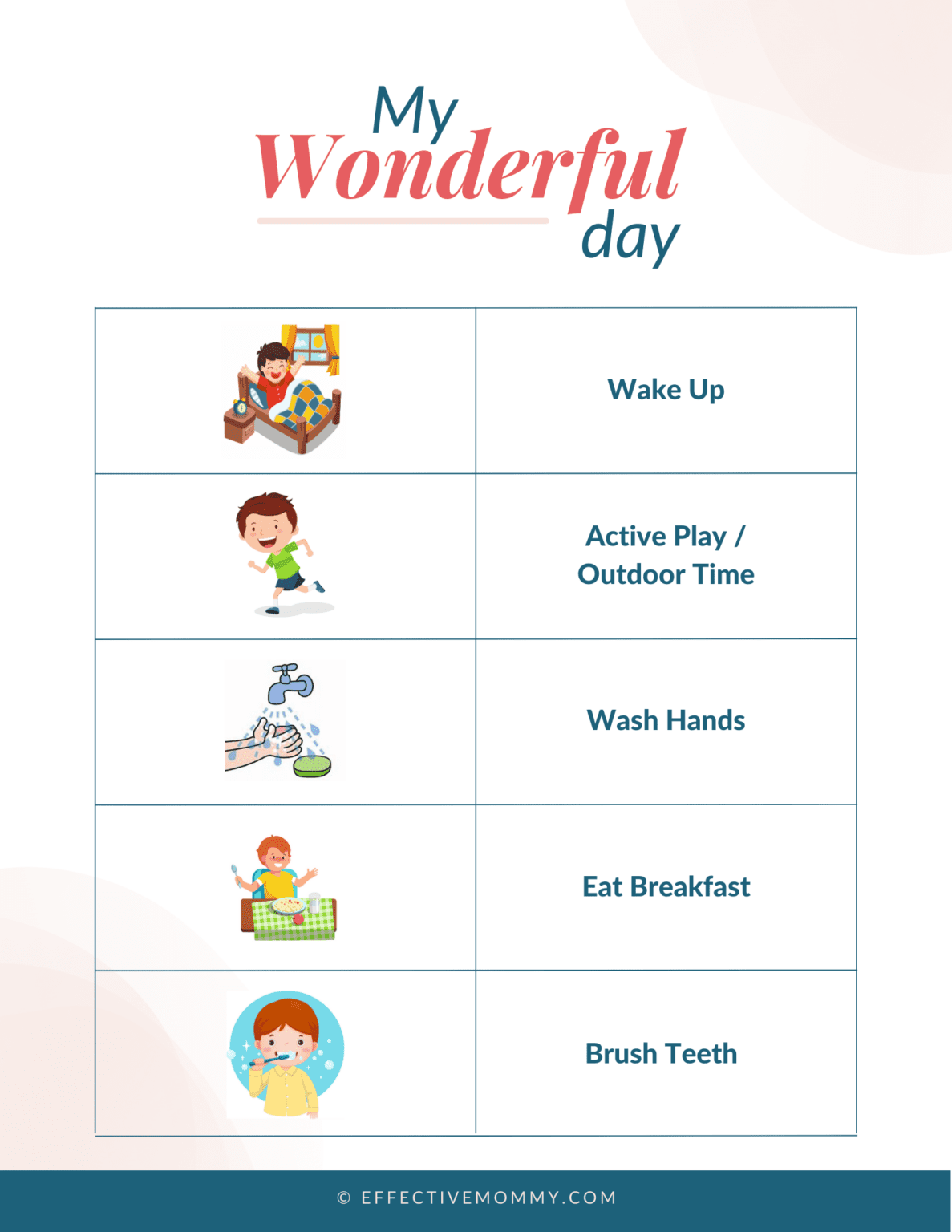
Visual Daily Routine For Children with Increased Motor Activity
The home-based care of kids with increases motor activities needs maintainable regular patterns alongside explicit rules together with helpful avenues to discharge energy.
1. Establish Structured Routines
- A structured daily plan enables children to understand upcoming activities better which reduces their anxiety and calming behavioral issues.
- Implementation Ideas:
- Establish visual systems which display picture-based or written routines throughout the day.
- Children thrive from having predictable schedules that govern their eating times together with their work and electronic device usage and bedtime.
- Staff members should provide five to ten minutes of warning when they need to change activities.
- Predictable Sequence: Follow the same general order for daily activities
- Daily activities should include periods of intense exercises followed by soothing tasks.
2. Create an Organized Home Environment
Children achieve better function when their environment is physically organized because it reduces sensory overload.
Key Considerations:
- The home needs specific zones for children to use for their homework tasks followed by free playtime along with rest and relaxation.
- The areas that require attention should have no more than essential visual elements.
- The child’s level access should include labeled storage containers along with shelves that are easy to reach.
- Lighting and noise control along with comfortable seating need attention when designing spaces for sensory-friendly environments
- A homework area designated as Study Space must be free from distractions while containing essential supplies.
3. Provide Regular Physical Activity
The availability of organized movement times lets students maintain their energy balance thereby enhancing their ability to focus.
Recommended Activities:
- Students should perform their exercise routines as their first activity during the morning before starting school classes.
- Outdoor Play: Ensure at least 60 minutes of outdoor activity daily
- Sports Participation Needs Structured Enrollment to Swimming Classes as Well as Martial Arts and Team Sports Teams
- Family Time Must Include Active Activities Such As Cycling Together Or Hiking Although Dancing Also Works Well
- Positive reinforcement learning can be enhanced through heavy work activities which include pushing, pulling as well as lifting exercises.
4. Teach and Reinforce Self-Regulation Skills
Guide children to recognize their energy states and show them effective ways to handle their levels so they can regulate themselves better as also guided by the self regulation strategies in children on StudyCreek.
Practical Approaches:
- Tuft every child with words that accurately describe their restlessness and overstimulation emotions.
- Teach your child to use deep breathing alongside progressive muscle relaxation and visualization techniques for calming purposes.
- To monitor their energy levels children should utilize visual tools that help them make ratings.
- Specify the rules for children to take brief movement breaks along with protocols regarding their timing and procedures.
- Positive reinforcement should be used to recognize instances where students successfully regulate themselves.
Sensory Integration Strategies for Learners with Increased Motor Activity
Children who show increased motor activity often have sensory processing differences that result in their particular movement patterns.
1. Identify Sensory Needs and Preferences
Updated knowledge regarding a child’s sensory profile allows for developing specific intervention approaches.
Assessment Approaches:
- Check Sensor Input Patterns to Understand Which Sensory Stimuli Will Act as Calming or Activating Inputs to the Child
- Professional Evaluation: Consider an occupational therapy assessment
- Sensory Questionnaires require students to fill out sensory profile checklists in order to detect common patterns.
- Determine different sensory approaches through trial method before noting their respective outcomes.
- Request help from children about methods that make them feel comfortable whenever possible.
2. Implement Sensory Tools and Accommodations
Selection of suitable sensory stimuli for children with increased motor activity should exist throughout every daily period to fulfill the bodily requirements of stimulation and movement needs.
Effective Tools:
- Fidget Items: Offer stress balls, fidget cubes, or textured items
- Students benefit from three main seating choices: wiggle cushions, therapy balls as well as rocking chairs.
- Patients can use weighted products when these are appropriate but need professional guidance before using weighted lap pads as well as vests or blankets.
- Students should utilize appropriate chewable necklaces as well as pencil toppers as tools for chewing.
- Students should participate in tactile activities with play dough and kinetic sand together with textured materials.
- The children should be allowed occasional swings as well as jumps and spins throughout the day.
3. Create Sensory Spaces
Establish spots that children can use to get their essential sensory needs through appropriate stimulation methods.
Implementation Ideas:
- Establish a Calm-Down Corner as a soothing area with diminished lighting and comfortable seating designed to include sensory tools.
- A specific area should include equipment for climbing and jumping and crash pads and
- mini-trampolines to promote movement activities.
- Outdoor Sensory Garden: Incorporate various textures, scents, and movement opportunities
- A sensory pathway in the hallway must include various tasks that involve jumping and hopping along with balancing exercises.
- Provide tents along with canopies and quiet nooks as peaceful spaces designed to help students recover from excessive stimulation.
Find more resources on how to deal with learners of increased motor activities visit Sensory Processing Disorder Foundation
Communication and Social Skills Support
Children with increased motor activity experience poor social interactions because they show impulsive behavior together with reduced abilities in understanding social signals.
1. Teach Explicit Social Skills
Children require direct instruction about social norms in order to succeed in their relationships with others.
Teaching Approaches:
- Children can learn social scenarios through role-playing activities which receive feedback from teachers.
- Social Stories involve the development of educational stories which explain proper social and interpersonal norms.
- Video Modeling uses examples to explain proper social behavior.
- Use Comic Strip Conversations to visualise social exchanges as a way to help understanding.
- Education through Friendship Groups teaches children structured social skills between 2 to 4 participants.
2. Support Emotional Regulation
Children need guidance to become aware of their emotions and learn appropriate techniques for emotional control when being hyperactive.
Effective Strategies:
- Social behavior education should focus on teaching students how their bodies display various emotions.
- The development of emotional vocabulary needs attention to expand the available terms used for emotional expression.
- The menu provides students with their own personal lists of calming techniques to choose from.
- Visual Supports: Use emotion charts and regulation strategies visually
Prior to occasions where difficulties may arise children need preparation.
3. Facilitate Positive Peer Interactions with children who display increased motor activity.
Structure opportunities for successful social engagement in children
Implementation Ideas:
- The child will receive roles that show their strengths when taking part in cooperative activities
- The organization of structured play activities should include games with defined rules combined with turn-based protocols.
- Peer Buddies establishes pairs between students where each child receives support from their assigned mate
- Social Coaching: Provide in-the-moment guidance during interactions
- Develop chances for the child to display their unique special interests and talents
- Exolore StudyCreek website for more information on articles related to social skills in children and essay writing for higher learning and
Nutritional and Lifestyle Considerations for children with Increased Motor Activity
The amount of sleep and the length of time spent on screens and the quality of consumed food greatly determine children’s decrease or increased motor activity levels and attention ability.
1. Optimize Nutrition
A specific group of eating patterns creates beneficial effects on energy levels and focus.
Recommendations:
- Regular Meal Schedule: Prevent blood sugar fluctuations with consistent meal timing
- Balanced Nutrition: Include protein, complex carbohydrates, and healthy fats at each meal
- Hydration: Ensure adequate water intake throughout the day
- Consulting a professional for dietary analysis will help identify reaction-causing foods.Omega-3 Fatty Acids should be included through fish consumption along with flaxseed use or monitored use of supplements.
- The diet plan should avoid using artificial colors or flavors or preservatives.
2. Prioritize Sleep Hygiene
Increased motor activity together with attention problems become worse when sleep becomes inadequate.
Implementation Strategies:
- Regular sleep patterns should include keeping every day times for sleeping and waking.
- A thirty-minute procedure should be developed for your nighttime routine which helps promote relaxation.
- A perfectly calm dark cool location must be the chosen environment for sleeping.
- The use of screens should be limited to at least one hour before attempting to go to bed.
- People should perform their vigorous exercise at an early time during the day.
- Individuals should practice either guided imagery or gentle stretching exercises right before their bedtime.
3. Manage Screen Time for kids with increaded motor activities
Electronic media helps improve the movement and behavioral output of vulnerable children.
Effective Approaches:
- People should establish firm rules about screen time which they must consistently enforce.
- People should schedule precise intervals during the day to consume media.
- Non-screen alternatives that engage children actively should be provided to them.
- Parents should select educational shows in slower pace which suit their children’s developmental needs.
- As a part of this plan develop methods for smoothly finishing screen time operations to eliminate screen tantrums.




